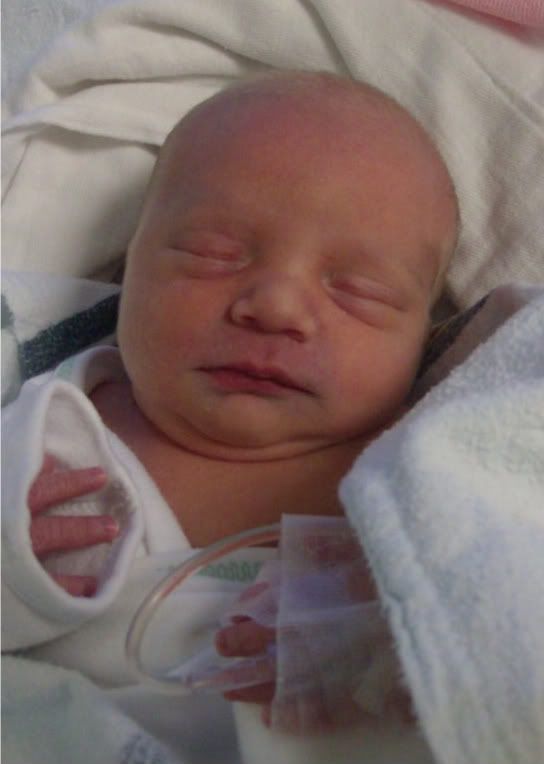Creating your own compost bins are actually really good idea for those who love to keep gardens and flower beds. They will save you money on the purchase of fertilizer for the beds you have created and it will also help with your trash output.
We were given the idea of ways to put together compost bins by taking three skids and tying them together into a U shape so that the one side could be used as the front of the bin for access to add to your compost, turn or move your compost from one bin to the other. If you want to create three bins, you could actually build it individually, or one one entire piece. Going with one entire unit would save on how many skids needed for this project. If you were to make a unit with three bins you would need three skids for the first, two skids (one tying into the first unit), and for the third bin another 2 (tying into the second unit). The reason behind the three units is to move or begin a new batch so that the batches already started has time to break down.
I was told that the skids would be really good for the creation of compost bins because they allow the air to move in between the slots and you actually need the moisture and air to work together so that it breaks down quicker with not as much smell.
Do's for including in your compost bin: Leaves, newspaper(shredded or torn up works best), products grown in a garden (tomatoes, lettuce, etc), egg shells and coffee grounds, coffee filters, lint (yes from the dryer in your laundry), small sticks, grass clippings, and I know there was more of a list, but I was just so amazed at the coffee filters and the lint that I was beside myself.
Other items that can go in- Rabbit poo, farm animal poo... but remember some poos have to be broken down into compost because some will actually burn your plants if you put them directly into your garden! If you have Rabbits, you're in luck, as that can be added straight to the garden!
A big NO NO for the garden is Kitty or Doggie poo. There is a reason behind this and I will have to try to find my paperwork explaining it to explain it better.
Now with the dreams of a garden upcoming with the thoughts of no more snow flying and beautiful green grass growing back here in the old Northeast Ohio, I now wish I started mine when I wanted to a couple of years ago. While we have been planning a garden for this year and yes, we have a lot of rabbit poo to put into it, we are working with clay for our dirt.. this means we really have to work hard in order to get a really good earth to work with or we need to pull in really good dirt to work with. We may end up doing both. Some of the products listed here can also go straight in the garden.
Here are some more links to composting information:
The Composting Process - page 1
The Composting Process - page 2
The Composting Process - page 3
Is control of pH and moisture important during composting?
What structures and equipment are required for composting?
What can be done with the end product?What alternative composting methods are being evaluated?
Everyone is probably asking why in the world is she posting about Compost??? Well, some of my friends and I have been "spring chatting" as most of the people in chat are from the west or the southern states... They are also chatting on their websites too! Catch their chatter at Christy's blog: http://shakethesalt.com/2010/02/wondering-if-a-garden-is-for-me/ and Misty's blog: http://tinykittenz.blogspot.com/. Misty also is using her garden for homeschooling her children.
A special Thank You to Mrs. Jane Palmstrom who was the person who held this class for the Homeowners and past her information on to us. She is a huge Habitat Supporter (her Husband started our Affiliate) and has many things she adds to her resume, but I just can't remember everything on the large list!
Please feel free to drop advice or testimonials as we are just starting out. My friends are already in the process of starting their gardens while I am in awe and dreaming about ours!



















No comments:
Post a Comment